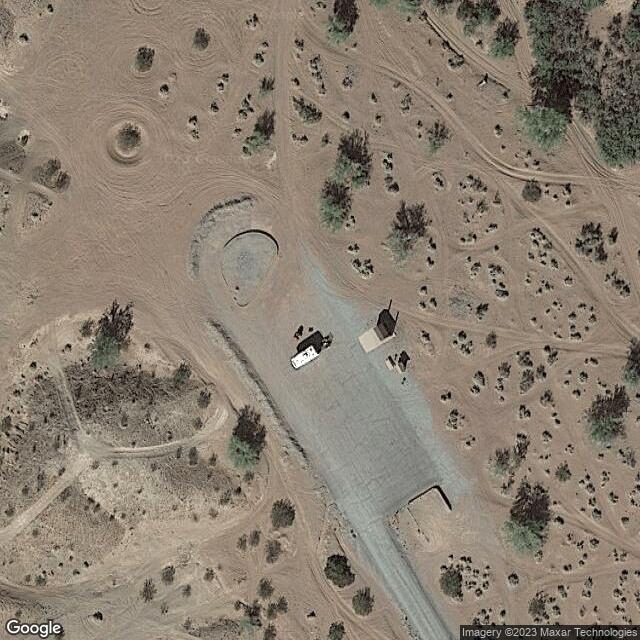
Parker Dam CA
Motorcyclist Map

Places Filter: Landscapes
View In Google Maps: https://goo.gl/maps/eLMxydgMBJdt1cXh6
Description: Parker Dam, located in Arizona, is a significant hydraulic engineering feat and a critical structure in the Colorado River system. The dam was completed in 1938 and serves multiple purposes, including water storage, power generation, and flood control. Key facts about Parker Dam: Hydroelectric Power: One of the primary functions of Parker Dam is to generate hydroelectric power. It is part of the Colorado River Aqueduct system, which delivers water to Southern California. The power generated at the dam helps pump water through the aqueduct, making it an essential component of the region's water supply. Reservoir: The dam impounds the Colorado River to create Lake Havasu, a large reservoir that extends into California. Lake Havasu is not only a source of water but also a popular recreational area for boating, fishing, and other water-related activities. Height: Parker Dam stands at a height of 320 feet (98 meters) and is an arch-gravity dam. It was the highest dam of its kind in the world at the time of its construction. Accessibility: Visitors can access Parker Dam and Lake Havasu via Highway 95, which crosses over the dam. There are viewpoints and visitor facilities where people can learn more about the dam's history and its role in water management in the region. Parker Dam remains an important structure for water management, power generation, and recreation in the southwestern United States, serving as a testament to engineering ingenuity and resource management in arid regions.